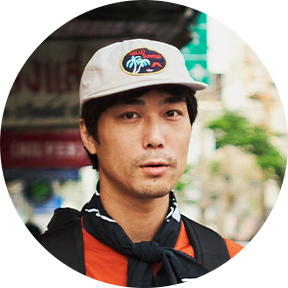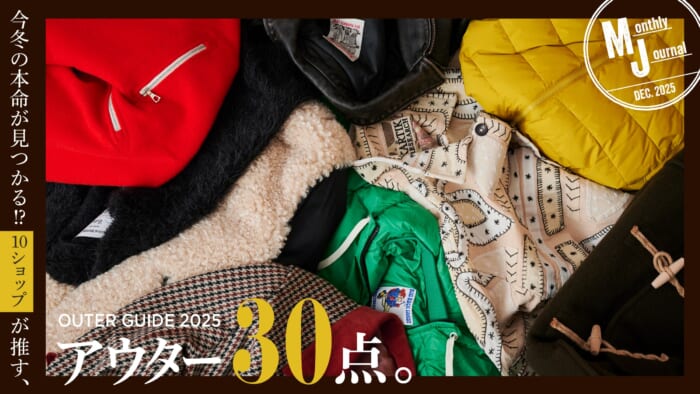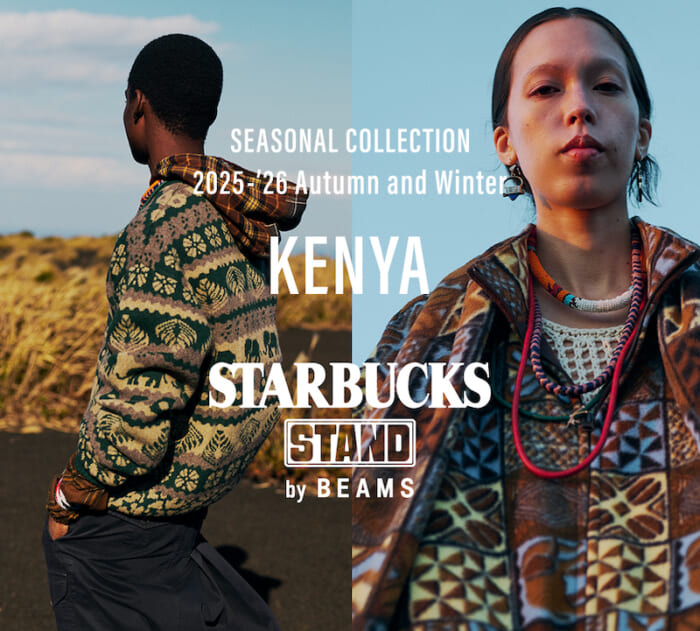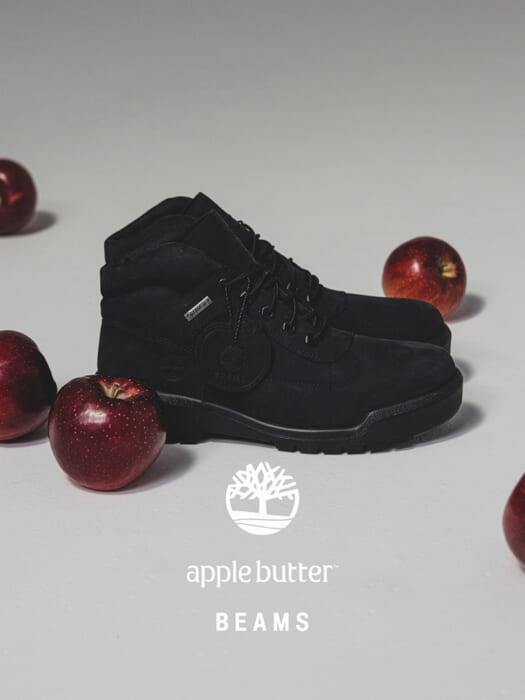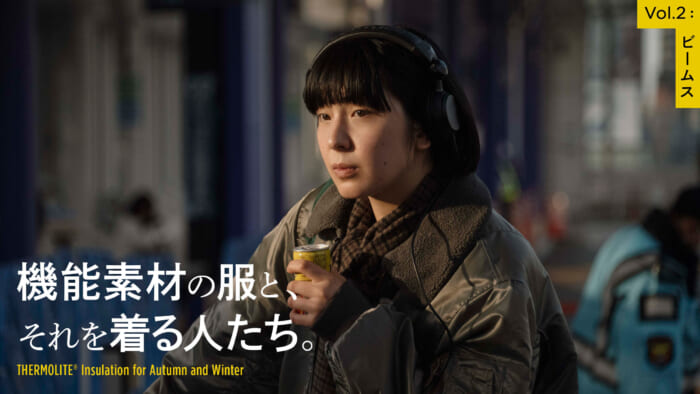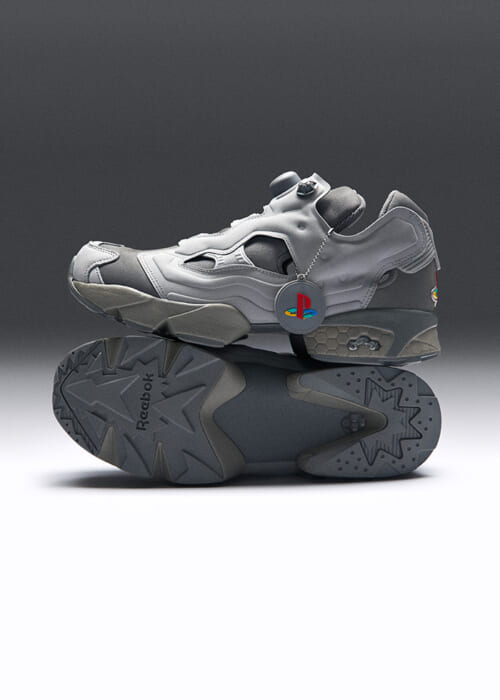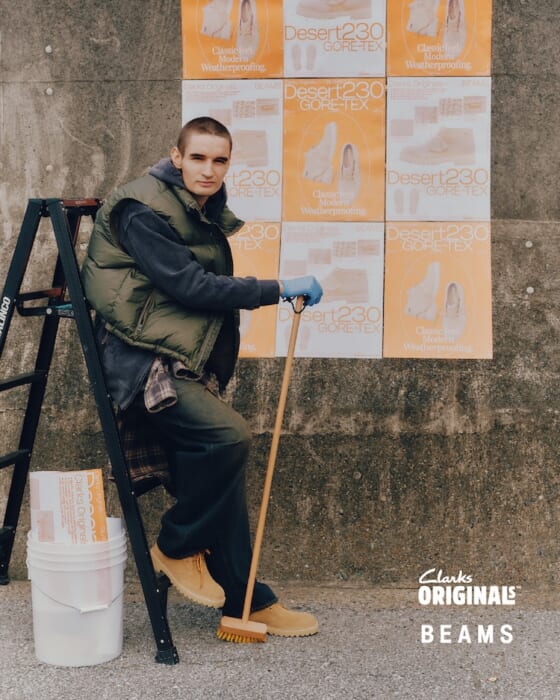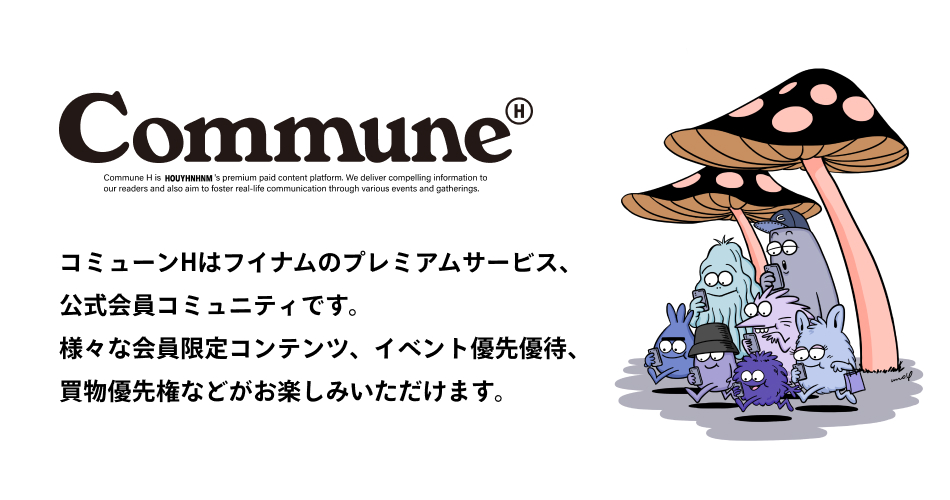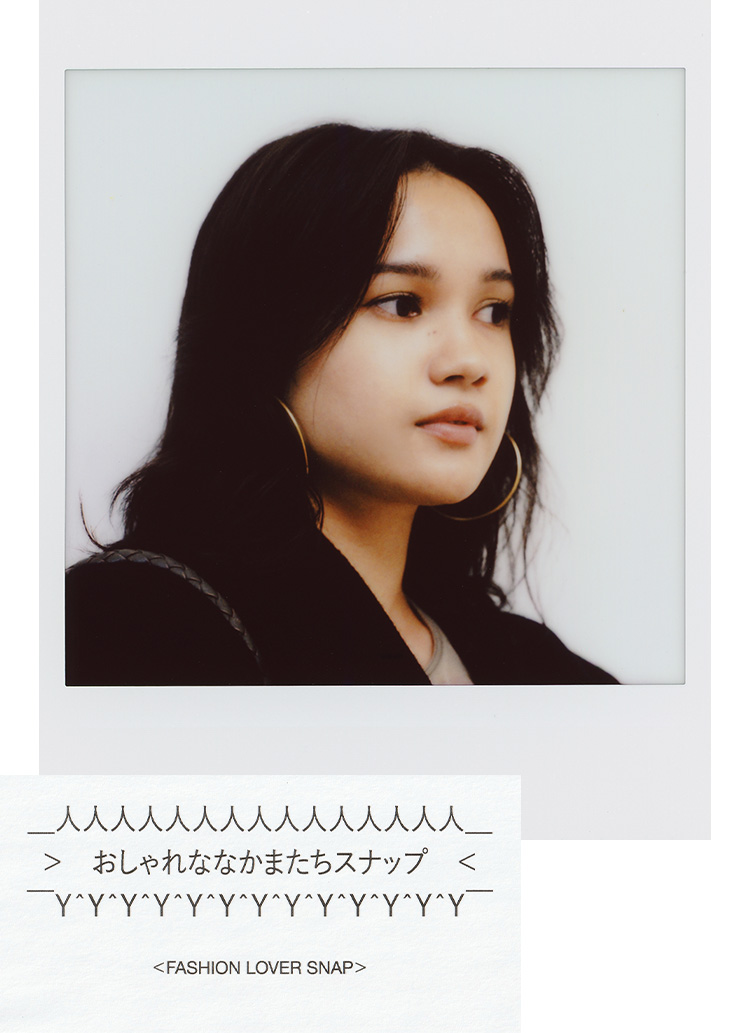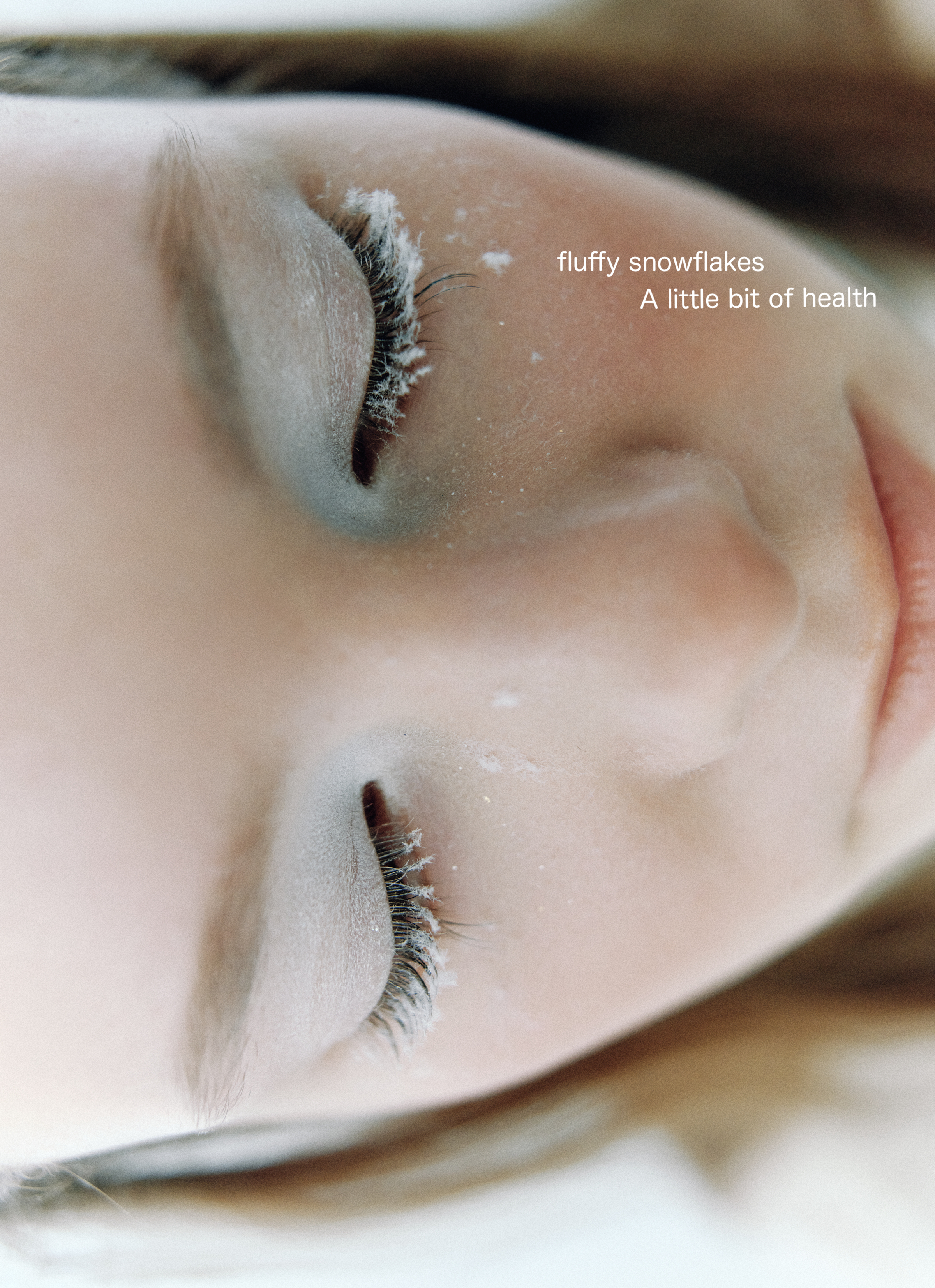Place01_Komaeyu
Sento as an experience.

At its peak, there were apparently 2,700 sentou in Tokyo, but today the number of sentou is said to have decreased to nearly 400. The reason seems to be that the number of users has decreased due to the decline in the number of properties without baths, and now it is forbidden to build new sento, and only existing bathhouses are in operation.
Founded in 1955 in Komae City, known as the second smallest city in Japan in terms of area, Komae Yu was renovated in April 2023, adding new value in the form of an experience to a public bathhouse that had ended its role as infrastructure.


The renewal was undertaken by "Schema Architectural Planning" led by Tsune Nagasaka The renovations were undertaken by "Schema Architectural Planning" led by Mr. Tsune Nagasaka. The interior design, which dares to reveal the building frame, is very different from that of traditional bathhouses. The reception counter, which also functions as a café bar, has a craft beer server, and the result is a stylish modern bathhouse.
The impression is enhanced by the fresh green tiles used without paint. The tiles were originally ordered from Komae City, which is rich in greenery, and are a combination of three precisely calculated sizes, finished with only joints without dividing the tiles. The font used for the lockers, which looks like bit letters, was created by graphic designer Rikako Nagashima, who used only the joints of the tiles to express the letters.
The benches are made of "Ishinomaki Kobo," and the bathtubs are as good as the benches themselves. The temperature settings of 42°C and 38°C are exquisite, and while coming and going between these baths or bathing in the hot and cold baths with the water bath will give you a sense of satisfaction, the sauna is a must if you have time to spare.
The sauna room made of Japanese cypress and barley stone is equipped with a SAWO stove and set at 87°C. After sweating in the room where an auto wax is performed every 20 minutes, take a water bath that feels cooler than the water thermometer to remove heat, and then go to the indoor air bath space where a gentle breeze is blown from the ceiling. Then, go to the TOTONOU(revitalize) chair in the indoor air bath space where a gentle breeze is sent from the ceiling. The quality of each of these facilities is a cut above the quality of a public bathhouse in the city, and you can feel the meticulous care that has gone into each one.


Schema Architects paid close attention to the details of this bathhouse, using only three colors (gray, green, and brown) for the interior. The green "LIGHT" speakers by "core," a company that makes furniture from skateboard scraps, were installed above the reception counter. The other is a gray speaker that matches the color of the walls and is located separately for the men's and women's baths. When we visited, Japanese rock music with songs by Fishmans and Kaneko Ayano was playing comfortably.
As we aimed for, this is a place that makes you want to go out of your way to have a fresh experience, not just a daily habit. The bathhouse is not just a place to soak in the bathtub and wash your body, but a place where you can enjoy the richness of life through architecture, craft beer, and music from the speakers, attracting many customers from the elderly to those in their 20s who have never visited before. Rather than stubbornly adhering to the old style, the bathhouse preserves the good qualities of the past while incorporating the mood of the present and preserving the culture for the next generation. Come and take a bath in such a place.
Address: Hasegawa Building, 1-12-6 Higashi Izumi, Komae City, Tokyo
Hours of operation: 13:00-23:00
Holiday: Closed on Tuesdays
Phone : 03-3489-3881
Official Site



